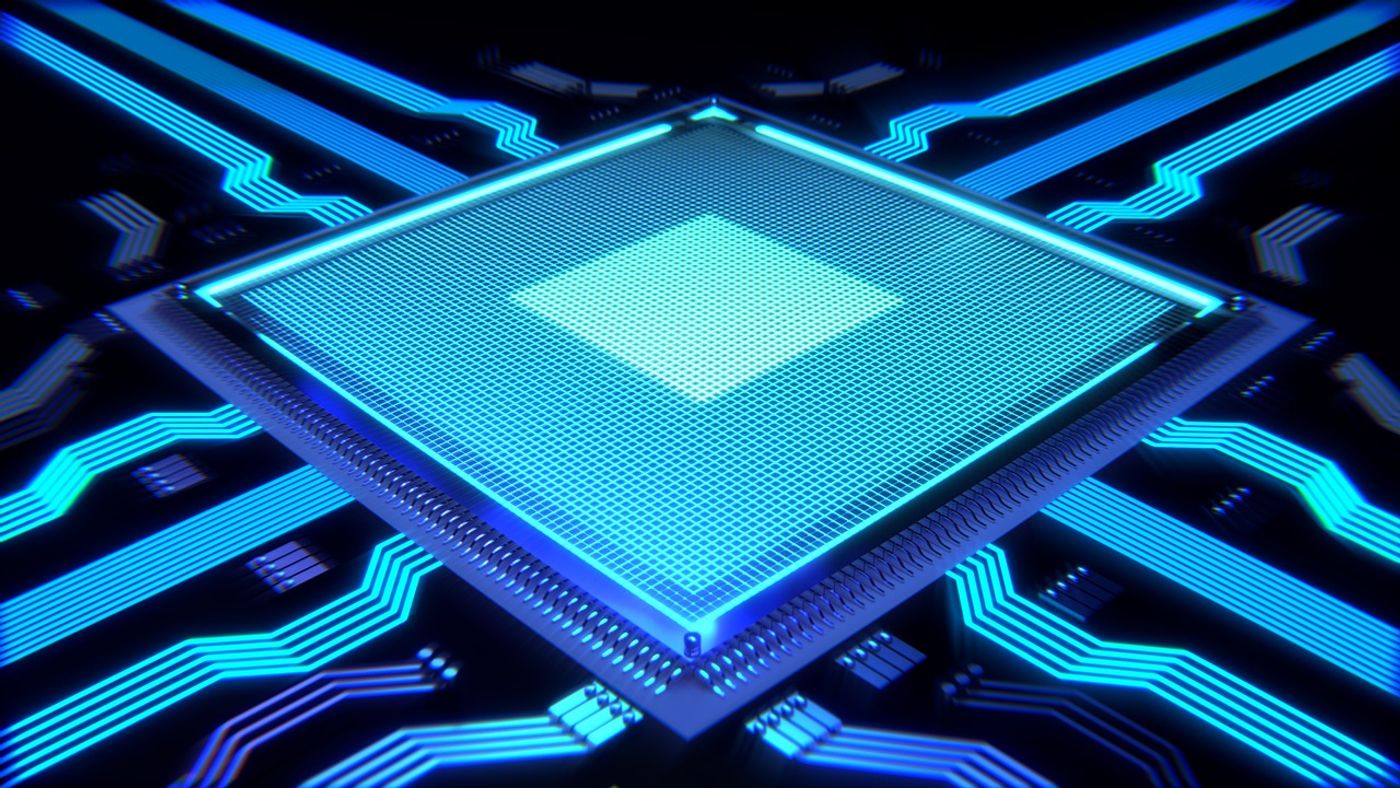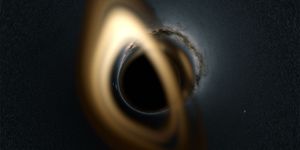Silicon-Germanium Materials Hold Advantages for Better Computer Chips
In a recent study published in the journal Small, an international team of researchers led by the Vienna University of Technology (TU Wien) examined both the advantages and production methods of silicon-germanium computer chip, specifically pertaining to the aluminum nanoscale contact points between silicon and germanium. This study holds the potential to have semiconductors that are both faster and more energy efficient.
"Every semiconductor layer is automatically contaminated in conventional processes; this simply cannot be prevented at the atomic level," said Dr. Masiar Sistani from the Institute for Solid State Electronics at TU Wien, and a co-author on the study "With germanium, however, things are much more complicated. In this case, there is a whole range of different oxides that can form. But that means that different nanoelectronic devices can have very different surface compositions and therefore different electronic properties."
As stated, the difficulty arises when trying to make silicon and germanium contact each other with aluminum, which only increases the difficulty in manufacturing them on larger scales.
"Reproducibility is a big problem," said Dr. Walter Weber, who is the head of the Institute for Solid State Electronics at TU Wien, and a co-author on the study. "If you use germanium-rich silicon germanium, you can't be sure that the electronic component, after you've put contacts on it, will really have the characteristics you need." As a result, this material is only used to a limited extent in chip production.
For the study, the structure was heated to approximately 500 degrees Celsius, at which time a distinctive diffusion occurs, allowing the departure and migration of atoms, to include silicon and germanium atoms migrating into place, with the aluminum filling the now-empty voids.
"Our experiments show that these contact points can be produced in a reliable and easily reproducible way," said Dr. Weber. "We are convinced that the presented abrupt, robust and reliable metal-semiconductor contacts are highly interesting for a variety of new nanoelectronic, optoelectronic and quantum devices.”
Sources: Small
As always, keep doing science & keep looking up!









